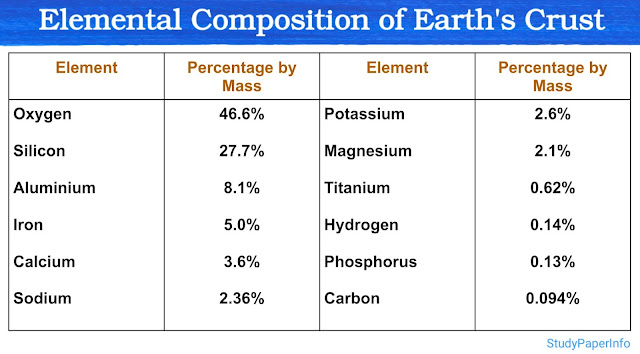What will happen if the Ca2+ is removed from the tight junction?
If Ca²⁺ is removed from the tight junction, it leads to breakdown of the tight junction structure, loss of cell adhesion, increased permeability, and overall disturbance of epithelial and endothelial tissue integrity.
Role of Ca²⁺ in Tight Junctions
Ca²⁺ plays a critical role in maintaining the structural organization of tight junctions. It helps stabilize the conformation of tight junction proteins and promotes proper adhesion between neighboring cells. Calcium is also necessary for the interaction between tight junction proteins and the cytoskeleton. Without calcium, the conformation of these proteins becomes unstable and the adhesion between cells weakens.
What Happens When Ca²⁺ is Removed
1. Disruption of Tight Junction Structure
- When Ca²⁺ is removed from the extracellular environment, the tight junction proteins lose their ability to maintain proper interactions with each other. This leads to disassembly and fragmentation of the tight junction complex.
2. Loss of Cell–Cell Adhesion
- Ca²⁺ is essential for maintaining strong adhesion between epithelial or endothelial cells. Its removal results in weakening of cell-to-cell contact, which may cause cells to pull apart or detach from the epithelial sheet.
3. Increased Paracellular Permeability
- Tight junctions regulate the paracellular barrier. In the absence of Ca²⁺, the barrier becomes leaky. This allows uncontrolled movement of water, ions and solutes between cells, disrupting tissue homeostasis. This effect is especially dangerous in organs like the intestine, kidney and brain.
4. Loss of Cytoskeletal Connection
- Tight junction proteins are anchored to the actin cytoskeleton. Ca²⁺ helps maintain this connection. Without it, the linkage is disrupted, leading to loss of polarity and intracellular signaling defects.
5. Possible Cell Death (Anoikis)
- In some cases, prolonged disruption of cell adhesion due to Ca²⁺ removal may lead to anoikis, a form of programmed cell death triggered when cells lose contact with their neighbors.


Comments
Post a Comment